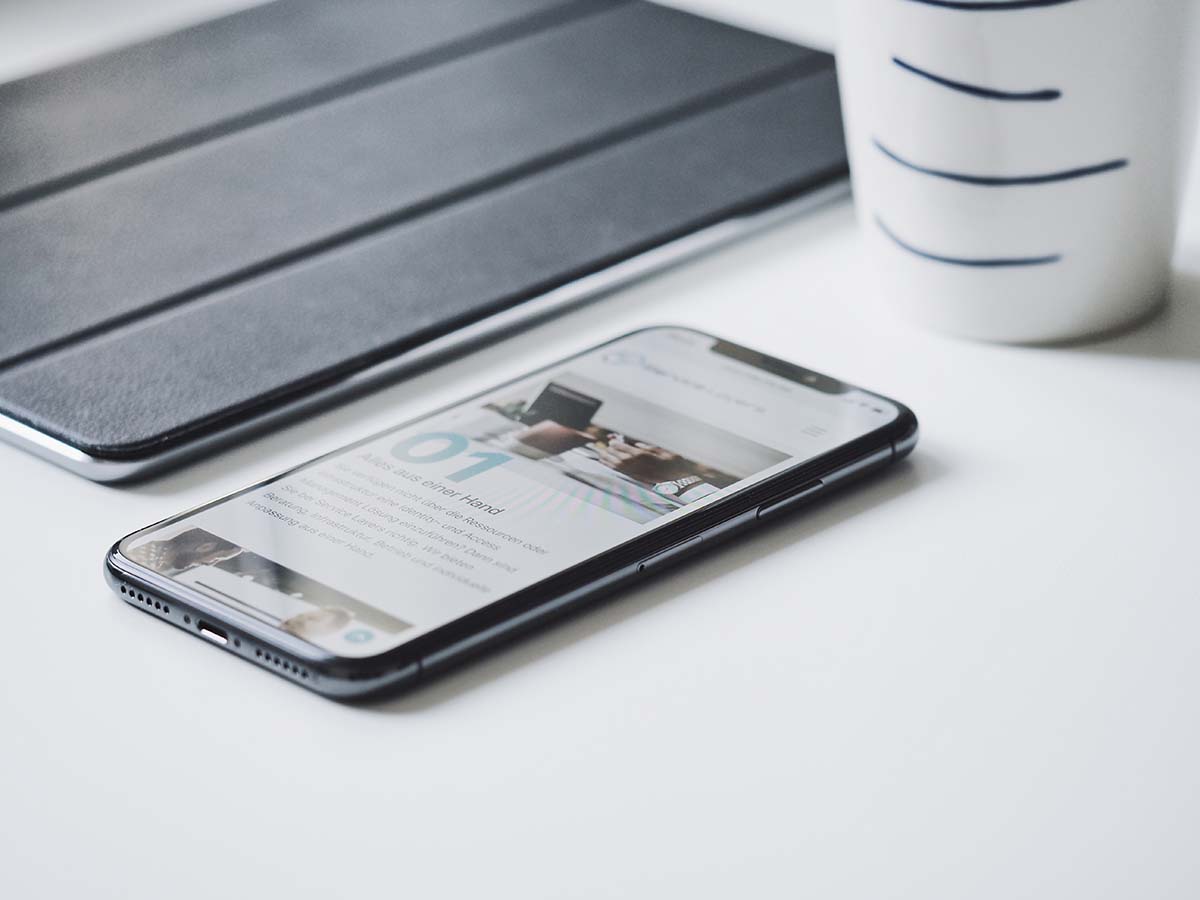Designing for Mobile First: How to Optimize Your Website for Mobile Devices
When (re)designing your website today, whether you’re setting up your brand-new website or because of new accessibility requirements, a new privacy landscape, or simply because it’s time for a refresh, you should consider designing for mobile first. Mobile-first design and optimization have become an industry standard for improving your website’s general accessibility and conversion rate across all devices. We’ll explain what mobile-first design is, why you should prioritize it for your site’s design, and what some of the best practices are for creating a site optimized for mobile devices.
What is Mobile-First Design?
As the name suggests, mobile-first design is a web design ethos that prioritizes functionality and user experience for users on mobile devices. As a result, mobile-first design optimizes a website for conditions of mobile use, such as touch screens, smaller displays, and cellular data connections. That doesn’t mean mobile-first disregards your many desktop visitors. Mobile-first websites are also fully functional and user-friendly for those using a computer or laptop. Mobile optimization instead considers the specifics and potential conditions of mobile use to ensure a site is optimally designed for that experience. If designing desktop-first, a site can quickly become slow or difficult to use on a mobile device. On the other hand, a website optimized for mobile will provide a desktop user with the same snappy and accessible experience.
Why Mobile Optimization?
The result of mobile optimization design is simply that your website is more widely accessible to both desktop and mobile users. That’s especially important, since if you operate internationally, the majority of your users and potential customers/clients are likely visiting your website with a mobile device. For more than four years, mobile devices have provided the majority of website browsing, and in 2023 it has continued to grow to a worldwide average of 60% of all web browsing. While tablet users only make up another 2%, they also benefit from mobile optimization. That means if you aren’t designing for mobile-first, you’re potentially providing most users, an average 62%, a sub-optimal experience with your business. In Canada, desktop and laptop usage are still higher at 57% of web users, but mobile and tablet still account for a substantial 43%.
There are other benefits when designing for mobile first. Mobile-optimized sites have been shown to receive 15% more unique clicks, and in 2020 Deloitte found that for every 0.1 second faster that a website loads, there is an 8% improvement in conversion and bounce rates. On the other hand, mobile users are also 5 times faster at giving up on a slowly loading page. If your website is not optimized for mobile, they are more likely to not return or go to a competitor. Lastly, a mobile-first website does better in search results, since platforms like Google prioritize websites designed for mobile in their search results. Overall, many now use phones as their primary device to access websites, which means having a site that functions optimally across various mobile devices is critical for your business.
How to Design for Mobile First
Mobile-first design prioritizes a website’s use and optimization for mobile devices. Thus, it considers certain key aspects of mobile use. Here are some of the key principles of mobile-first design:
Dynamic Scaling
A modern web design standard, dynamic scaling is where a website can accommodate different screen sizes, resolutions, and shapes by adjusting its layout. Mobile devices and tablets have various screen sizes and layouts. It’s impossible to tailor a website for each one. Instead, designing a scaling website accommodates these existing and future devices.
Readable Fonts
Part of scaling should consider whether your fonts are large enough. Mobile displays often have resolutions that rival monitors, but they are also much smaller. Ensure fonts are easily legible on smaller screens by making them large enough and with high enough contrast. This will also help with various brightness levels and conditions. Remember, many use their phones outside in the bright sun.
Clear, Large Call to Action Buttons (CTA Buttons)
Another important aspect of the mobile and tablet user experience is touch screens. Fingers are convenient, but they also lack the precision of a cursor. If buttons or clickable objects on your website are small, it will be difficult for users to press them, and their fingers will obscure the very thing they are trying to touch. Make them large and easy to press. This also has the benefit of clearly visible CTAs across all devices. These easily pressable buttons will also give a better experience to those using their laptop or monitor’s touch screen as well.
Vertical Design
Desktops typically have a horizontal screen, e.g., 1920px x 1080px. Phones and other mobile devices are typically used with a vertical orientation. As a result, mobile-first websites are designed to function and look pleasing with this vertical layout and expand horizontally to accommodate other displays or a rotated device or tablet.
Reducing Load
Mobile devices and tablets are often used on cellular networks or less stable Wi-Fi connections. Overall, this means that websites can load slower if they have a large amount of data to send over a limited bandwidth. Big images and large pages are typically the culprits. As a result, smaller and compressed images and progressive loading are two standard practices for mobile-first design. If you have videos, it’s better to embed them from a third-party like YouTube, than hosting them yourself. These practices speed up a website and make it more responsive for both mobile and desktop users.
Keep Optimizing
The need to optimize for mobile reflects how people interact with websites, and design practices continue to change and develop. Optimization is a constant process that should be a regular part of your website’s maintenance. Staying on top of best practices allows your business to provide the optimal experience for your potential customers. If you feel it’s time for a mobile-first redesign or want help optimizing your website for mobile users, contact Rosewood’s expert web design team.




Leave a Reply
Want to join the discussion?Feel free to contribute!